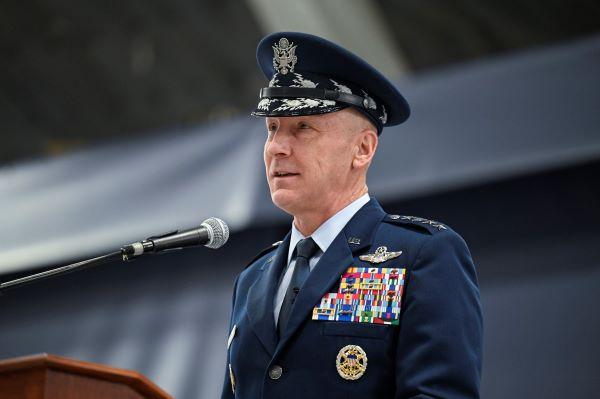
SIMI VALLEY, California—New U.S. Air Force Chief of Staff Gen. David Allvin is taking charge of a service undergoing change in almost all aspects of its force structure: Modernization across the fleet alongside extensive aircraft retirements, an overhaul in how the service plans to deploy its forces...
Subscription Required
This content requires a subscription to one of the Aviation Week Intelligence Network (AWIN) bundles.
Schedule a demo today to find out how you can access this content and similar content related to your area of the global aviation industry.
Already an AWIN subscriber? Login
Did you know? Aviation Week has won top honors multiple times in the Jesse H. Neal National Business Journalism Awards, the business-to-business media equivalent of the Pulitzer Prizes.





